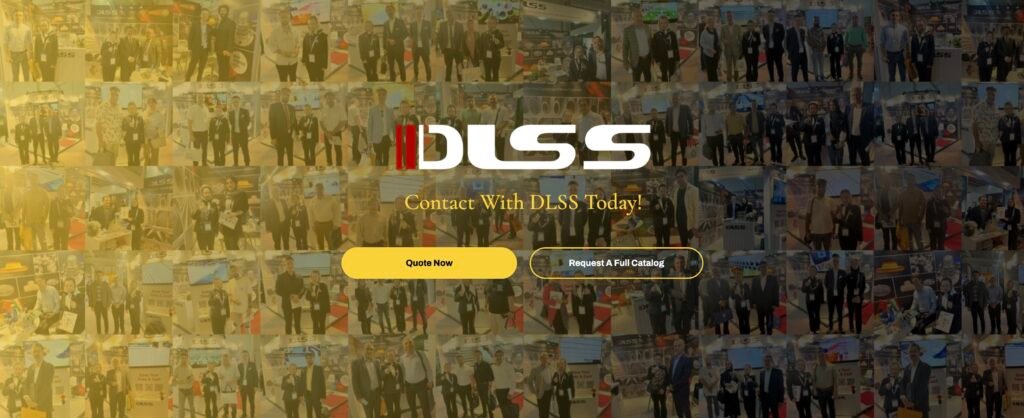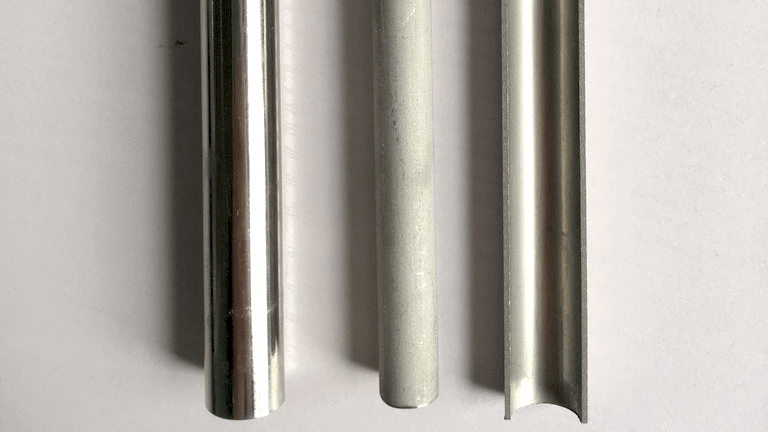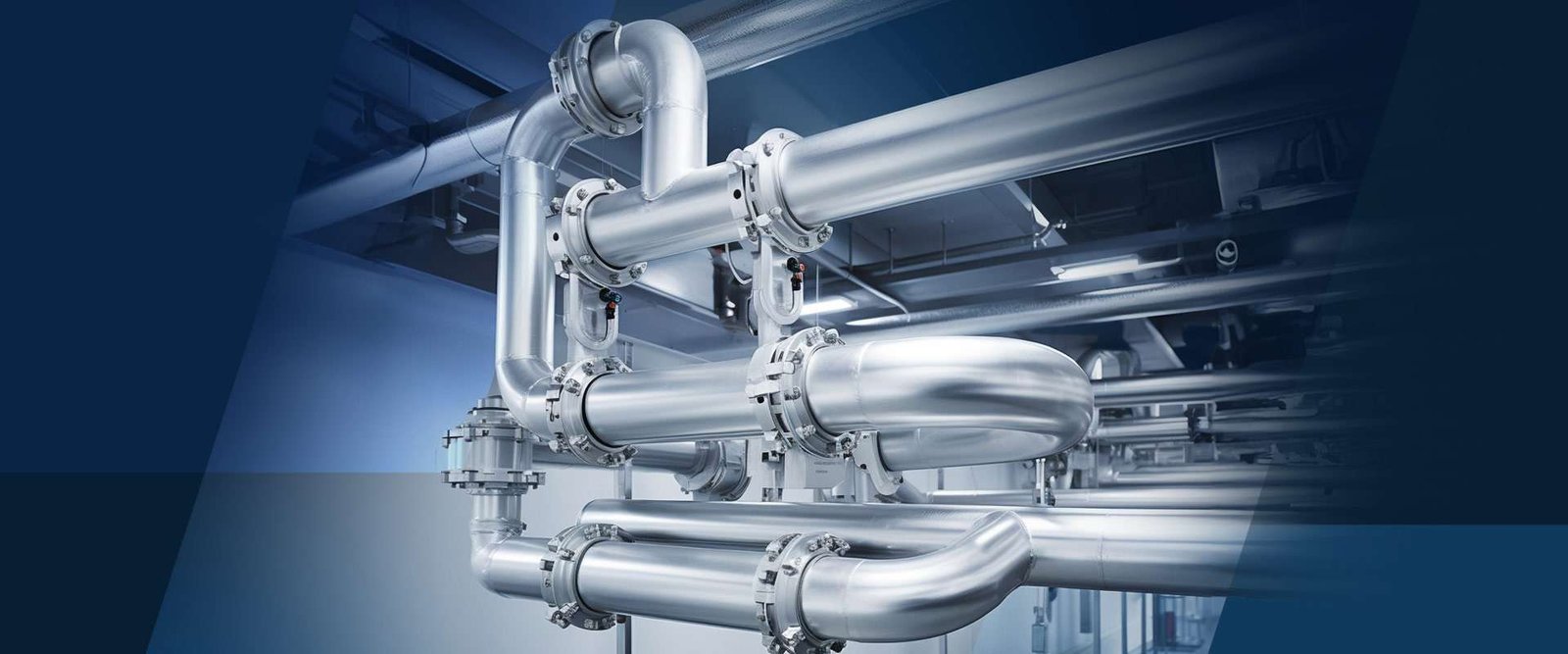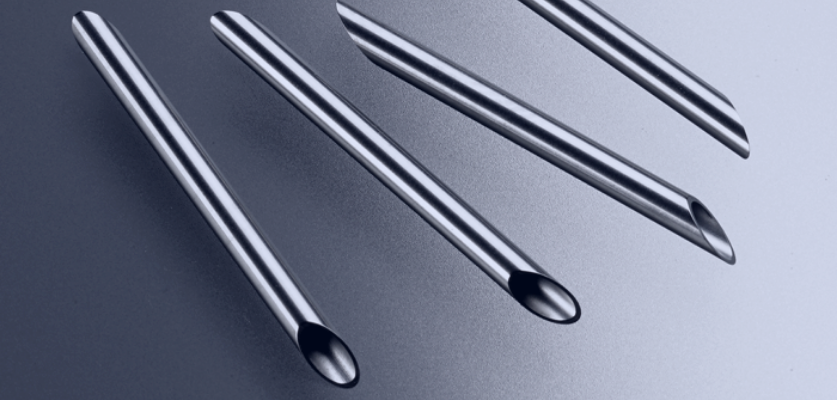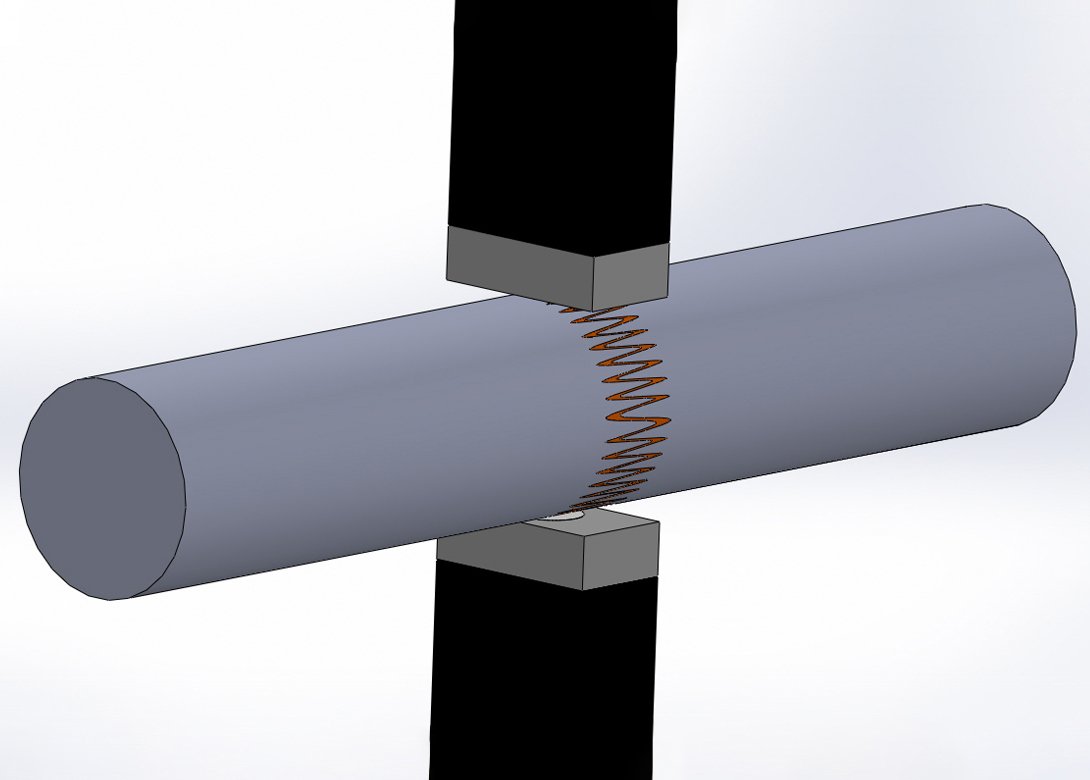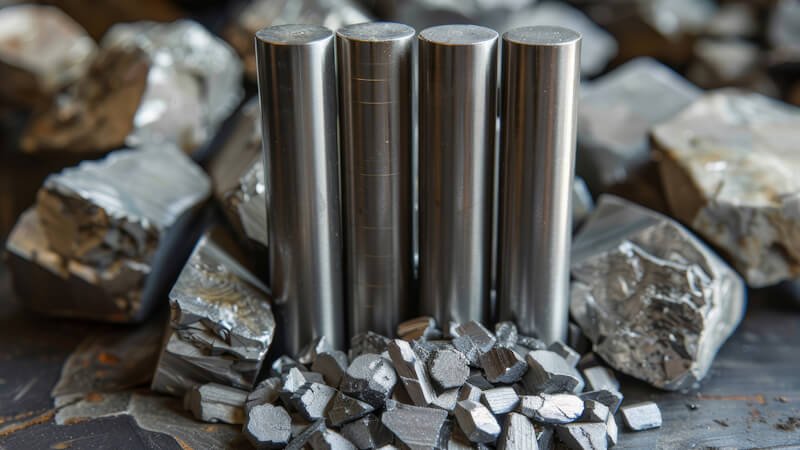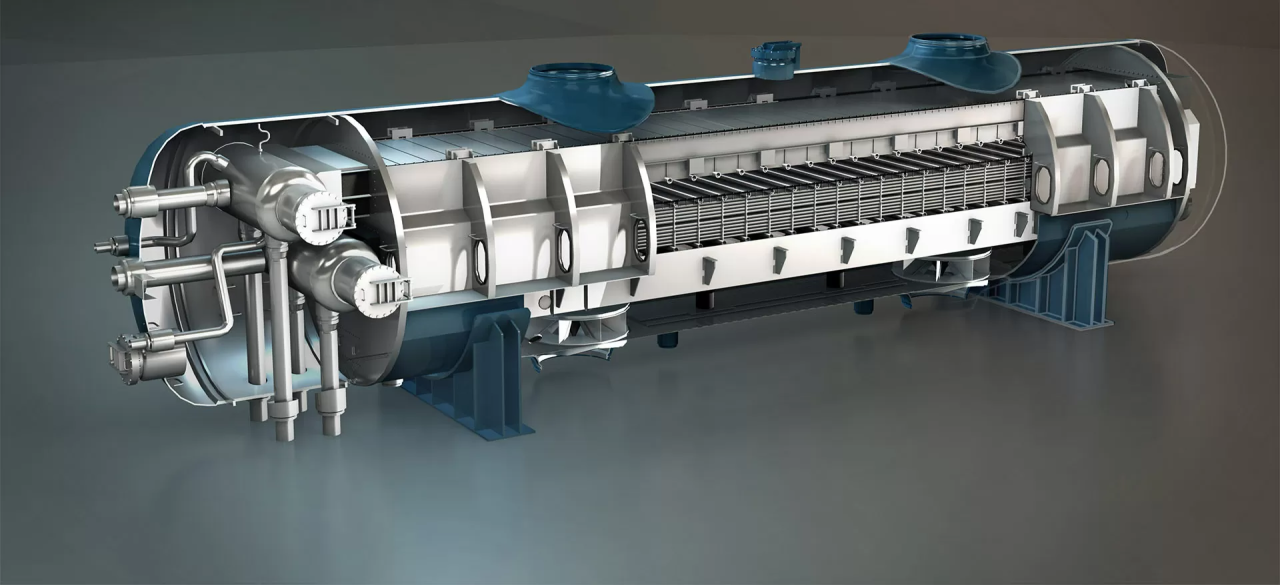As the world transitions toward low-carbon energy, the role of heat exchangers in renewable energy systems is becoming increasingly critical. Whether in wind turbine cooling, hydrogen production, or energy storage, heat exchangers ensure thermal stability, equipment safety, and energy efficiency.
This article explores how tubular heat exchangers are integrated into modern renewable energy technologies, what materials are best suited, and how DLSS stainless steel tubes support next-generation energy systems.
Why Heat Exchangers Matter in Renewable Energy
Per Wikipedia – Renewable Energy, renewables such as wind, solar, geothermal, and hydrogen require advanced thermal control to:
- Dissipate waste heat from inverters, electrolyzers, batteries, and motors
- Pre-heat or cool fluids in electrolysis or thermal storage systems
- Protect sensitive components (e.g., fuel cells, rectifiers) from overheating
- Improve system efficiency and safety
Key Applications and Heat Exchanger Roles
1. Wind Turbine Cooling Systems
- Heat exchangers cool down gearboxes, generators, and power electronics in nacelles.
- Often located offshore or in remote locations where maintenance access is limited.
Challenges:
- Corrosive sea air
- Vibration and mechanical stress
- Temperature fluctuations
Solution:
Use Duplex or 316L stainless steel U-tube heat exchangers for compact, rugged thermal control systems.
2. Green Hydrogen Production (Electrolyzers)
- In PEM and alkaline electrolyzers, plate or shell-and-tube exchangers manage thermal energy generated during electrolysis.
Design considerations:
- High-purity water compatibility
- H₂ embrittlement protection
- Compact design and cleanability
Recommended Materials:
- 316L and Titanium tubes
- Surface finish Ra ≤ 0.4 µm
- Double-tube designs for safety redundancy
More info: Wikipedia – Hydrogen Production
3. Battery Energy Storage Systems (BESS)
- In large-scale lithium or sodium-ion storage, cooling is crucial for preventing thermal runaway.
Heat exchanger role:
- Manage air-liquid or liquid-liquid heat transfer
- Integrate with HVAC or glycol cooling loops
Tube Requirements:
- Thin wall for fast response
- Corrosion resistance under cyclic conditions
- Compact U-bend or serpentine designs
4. Solar Thermal Systems
- For CSP (Concentrated Solar Power) and solar water heating, heat exchangers transfer thermal energy to working fluids or storage tanks.
Tube material must withstand:
- High temperature
- Oxidation
- Thermal cycling
Common specs:
- Stainless 321/316L
- ASME Section VIII, PED, or ISO 9806 compliant
DLSS Tube Solutions for Renewable Energy Systems
DLSS provides custom-engineered seamless tubes for renewable energy applications with:
- 316L / 304L / Duplex / Super Duplex / Titanium tube options
- Bright annealed or polished finishes for purity and heat transfer
- Cut-to-length, U-bending, and high-precision control
- Compliance with EN 10216-5, ASTM A213, PED, ASME, and NACE standards
Visit: DLSS Tubes for Energy Systems
Material Selection Guide
| Application | Recommended Tube Material |
|---|---|
| Wind turbine cooling (onshore) | 316L or 304L stainless steel |
| Offshore wind / marine | Duplex 2205 or Super Duplex S32750 |
| Hydrogen electrolyzers | 316L, Titanium Gr.2 |
| Battery cooling loops | 304L, 316L polished tubes |
| CSP / solar thermal | 316L, 321, or Incoloy 800H |
Frequently Asked Questions (FAQ)
Q1: What is the biggest challenge in renewable energy heat exchangers?
Durability under thermal cycling and corrosion exposure. Stainless and duplex steels provide best long-term stability.
Q2: Do you supply tubes for PEM electrolyzers?
Yes. DLSS provides 316L polished tubes with full traceability, suitable for ultrapure water systems.
Q3: Can DLSS supply tubes with specific coating or passivation?
Yes. Upon request, tubes can be supplied with electropolishing, acid passivation, or protective coatings.
Q4: How does tube quality affect energy efficiency?
Higher surface finish, thinner wall, and precise tolerances lead to lower pressure drop, better transfer efficiency, and longer equipment life.
Contact Us
DLSS supports EPCs, OEMs, and developers in building resilient, efficient and future-ready renewable energy systems.
- Full material certification and testing
- Short lead times and export-ready packaging
- Custom solutions for offshore and high-purity projects
Email: info@dlsspipe.com
Website: www.dlsspipeline.com
Partner with DLSS for your next green energy breakthrough.
